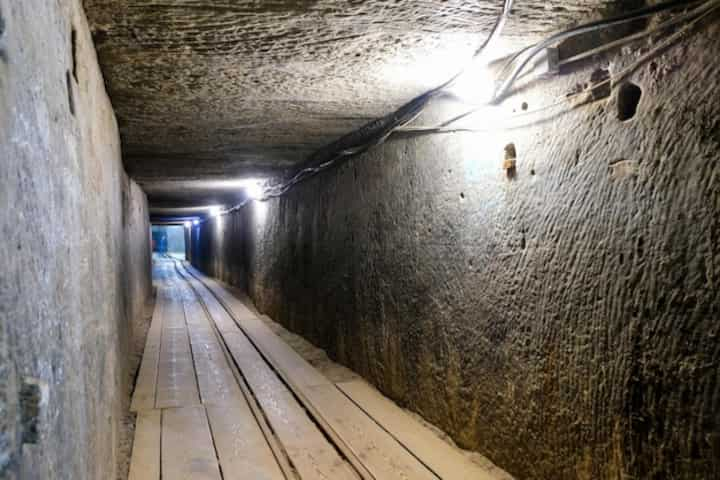
Expert Mold Removal Services in Omaha Your Solution for Mold Damage Removal
Mold is a common issue that many homeowners in Omaha face, particularly due to the humid climate that can foster its growth. While mold can seem like a minor annoyance, it can lead to significant health risks and structural damage if not properly addressed. Therefore, professional mold removal services become essential. Understanding the importance of expert intervention in mold damage removal can help homeowners maintain a healthy and safe living environment.
Understanding Mold Damage
Mold is a type of fungus that thrives in damp, warm environments. It can grow on wood, carpet, food, insulation, and many other materials. The presence of mold can lead to several issues, including:
- Health problems such as allergies, asthma, and other respiratory issues.
- Structural damage to property as mold can weaken walls, floors, and ceilings.
- Unpleasant odors that can permeate the home.
- Decreased property value due to visible mold and the potential for structural damage.
Given these potential problems, it's crucial to address mold growth promptly and effectively. Read more about this topic to understand the implications of mold damage.
The Importance of Professional Mold Removal Services
While some homeowners may consider tackling mold removal themselves, professional services offer several advantages:
Expertise and Experience
Professionals have the training and experience to identify different types of mold and determine the best removal methods. They use specialized equipment and techniques to ensure comprehensive removal, preventing future growth. Learn more in this detailed guide about the expertise required in mold removal.
Thorough Inspection and Assessment
Before removing mold, experts conduct thorough inspections to assess the extent of the mold damage. This step is crucial in developing an effective removal plan that addresses both visible mold and hidden infestations. Explore further insights here on the importance of mold inspection.
Preventive Measures
Removing mold is only part of the solution. Professionals also offer advice on preventive measures to minimize the risk of future mold growth. This can include recommendations on ventilation, dehumidification, and moisture control. Find additional information here on preventive strategies against mold.
Steps in Professional Mold Removal
The mold removal process typically involves several key steps:
- Inspection and Assessment: Experts assess the extent of mold damage and identify moisture sources.
- Containment: To prevent spread, affected areas are isolated using physical barriers and negative air pressure.
- Filtration: Specialized air filtration equipment captures mold spores from the air.
- Removal: Mold-infested materials are removed and disposed of safely.
- Cleaning and Sanitizing: Surfaces are cleaned and sanitized, and air quality is restored.
- Restoration: Any damaged structures or materials are repaired or replaced.
Mold Prevention Tips
To reduce the likelihood of mold growth, consider the following preventive measures:
- Ensure proper ventilation in bathrooms, kitchens, and laundry areas.
- Use dehumidifiers in damp areas of the home.
- Repair leaks in roofs, walls, or plumbing promptly.
- Clean and dry any damp or wet building materials and furnishings within 24-48 hours.
- Monitor indoor humidity levels, aiming to keep them below 60%.
By implementing these strategies, homeowners can create an environment that is less conducive to mold growth. Learn more in this detailed guide about preventive measures.
Conclusion
Mold removal is a critical service for maintaining the health and safety of homes in Omaha. Professional services offer the expertise, equipment, and strategies necessary for effective mold management. By understanding the process and importance of professional intervention, homeowners can make informed decisions when addressing mold issues. Read more about this topic and ensure a safe and healthy home environment.